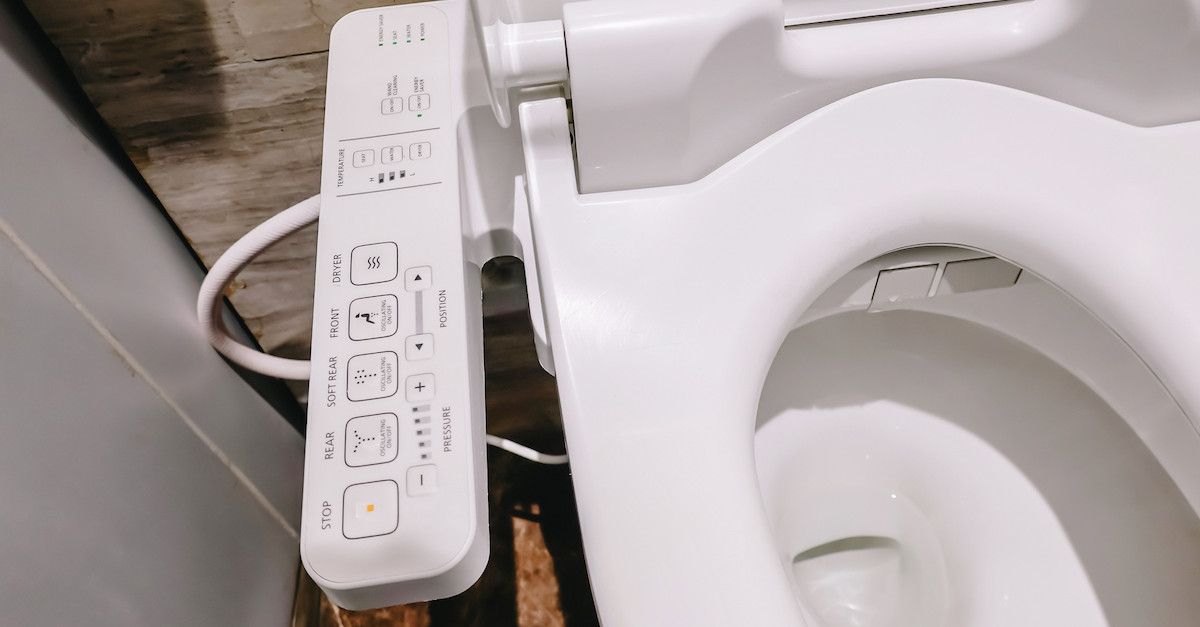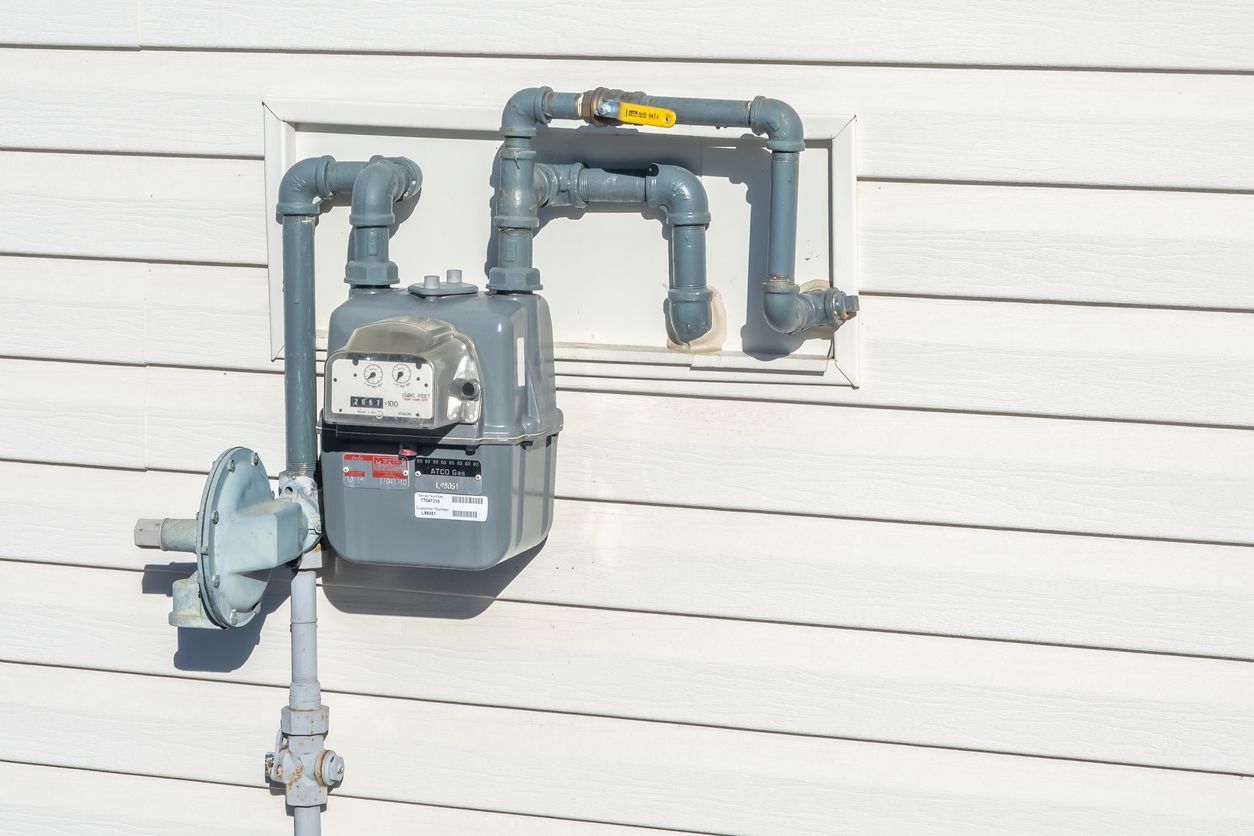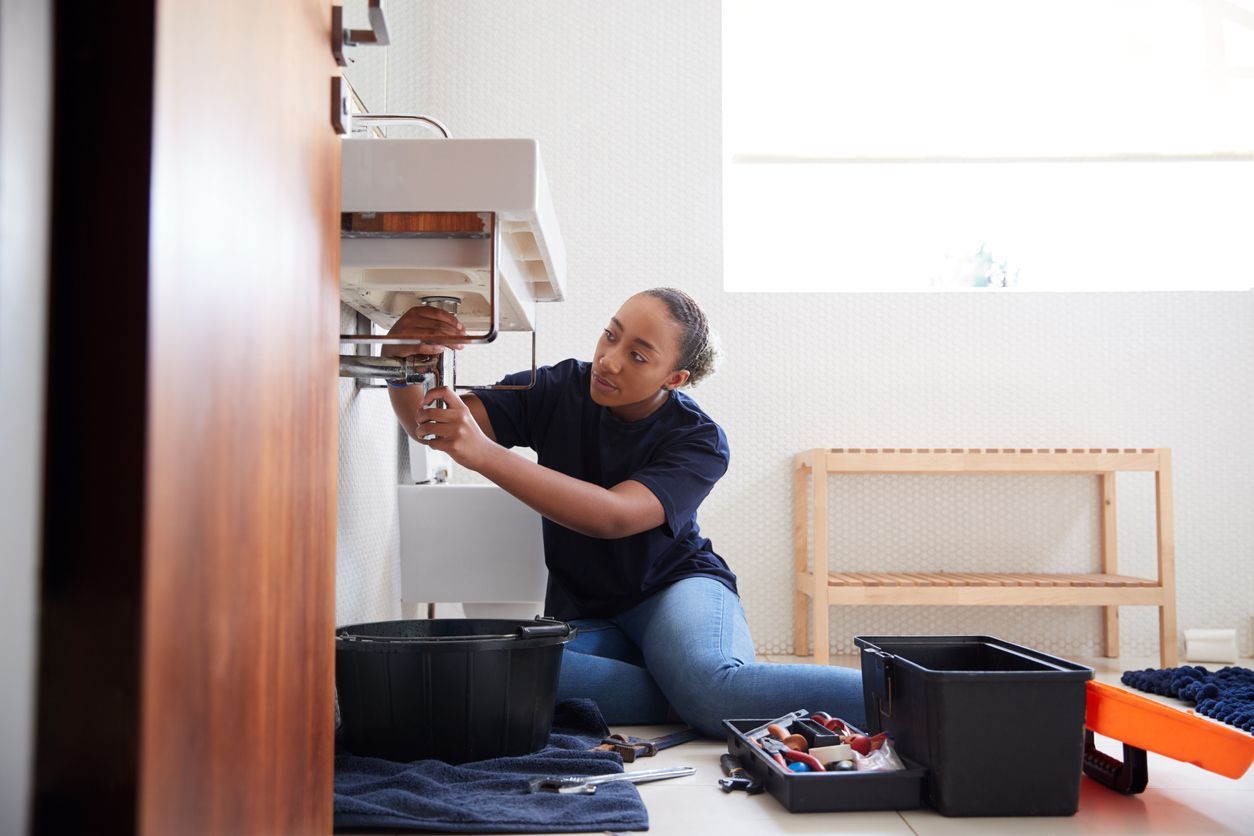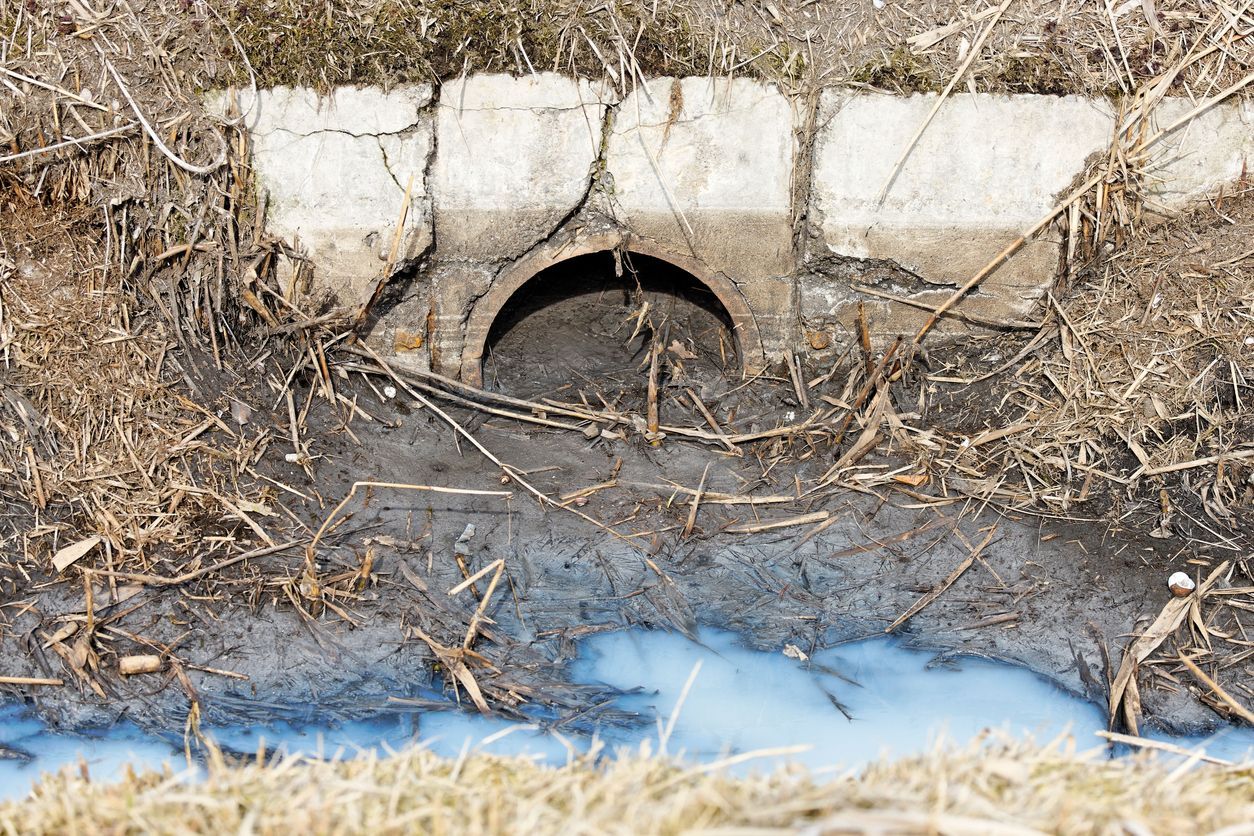The Ultimate Guide to Bidets and Your Plumbing

Bidets have gained popularity as a luxurious addition to bathrooms, offering a cleaner and more environmentally friendly alternative to traditional toilet paper. If you're considering installing a bidet, this ultimate guide will walk you through the selection and installation process, and what a bidet means for your plumbing.
What You Need to Know Before Purchasing a Bidet
There’s a few things to keep in mind when deciding which bidet is right for your home and plumbing system:
Electrical Considerations for Bidets
When considering an electric bidet seat, it's crucial to keep the electrical requirements in mind. The bidet seat needs a power source, but don't worry – all you need is a standard 110-120v, 15amp, 3-prong outlet, the kind you find all around your home.
However, because the outlet is in a bathroom where moisture is a factor, plumbing codes require a GFCI (ground-fault circuit interrupter) outlet. This safety measure protects against electric shock in case water gets into the outlet. If there's no existing outlet conveniently placed near your toilet, it's a good idea to hire a qualified electrician to take care of this part of the installation process.
Determining Your Current Toilet’s Bidet Compatibility
Adding bidet seats to your bathroom is usually a straightforward process for most standard toilets with an elongated bowl. But if your toilet bowl is round your choices are more limited. We recommend measuring your toilet carefully before purchasing to make sure the bidet seat fits properly. (More on this below.) Alternatively, you might want to consider the convenience of a toilet that already has a built-in bidet seat (a bidet-toilet combination, also known as a smart toilet) for a guaranteed and trouble-free fit.
What Types of Bidets Are There?
Before diving into the installation process, it's essential to select the bidet type that best suits your needs. There are several types of bidets available:
- Standalone bidets/bidet toilets: Standalone bidets are separate and permanent appliances for the toilet. They are usually the most expensive bidet option due to their premium features and technical needs.
- Bidet toilet seats/bidet seats: Bidet seats are designed to be installed on your existing toilet. Bidet seats connect to the toilet for water and vary in features. Some offer water temperature control, different jet options, and a plastic or stainless steel nozzle for water spray. Styles include attached or hand-held remotes for controlling flow patterns, strength, and temperature. Certain models include heated seats, and there are manual and electronic options based on personal preference.
- Bidet attachments: These are also compatible attachments for your toilet, and are the most affordable and renter-friendly bidet option. You can install your bidet attachment on the side of the toilet, a nearby wall, or any suitable spot in your bathroom, connecting it to the toilet for water. This space-saving option is hands-on but provides manual control over water pressure.
How to Measure a Toilet for a Bidet: Do You Have a Round or Elongated Toilet?
Choosing the right bidet also comes down to the measurements and type of toilet. This is because not every bidet seat is available for round toilets, our experience finds that they are universally offered in elongated toilets.
How to Measure Your Toilet
Measure from the center of the fastening/bolt holes to the front of the toilet. Generally, round seats measure about 17 inches or less, while elongated seats measure 17.5 inches or more. Measure from the fastening holes in the toilet to the front of the rim.
The standard distance between bolt holes is 5.5 inches but can range from 5.5 to 7.5 inches. If your bolt holes fall within this range, you're in luck, as most bidet seats are adjustable to fit this.
Another crucial measurement is the distance from the bolt holes to the front of the tank. Most bidet seats require at least 1.75 inches of space, although there are a couple of models that only need 1.5 inches.
For a comprehensive fit, consider the overall length of bidet toilet seats. Round toilet seats typically have an overall length of 19.5 inches, while elongated ones measure 20.5 inches. To ensure compatibility, measure from the front of the tank to the very front of the toilet.
Will You Need a Plumber To Install a Bidet?
While some bidet installations can be tackled by non-plumbers, hiring a qualified plumber often ensures the most successful outcome. Bidet attachments can be self-installed by utilizing the water supply line for the toilet. However, standalone bidets and smart toilets require professional installation. Connecting directly to the plumbing system makes them a less suitable DIY project.
Call Plumb Works for Bidet Installation
Look no further than Plumb Works for a hassle-free bidet installation. Our experienced team of plumbers is ready to ensure a seamless integration of your bidet, whether it's a straightforward attachment or a more complex standalone unit. We prioritize efficiency and precision in every installation, leaving you with a fully functional and professionally installed bidet. Give us a call at 404-524-1825 or schedule a service today!












